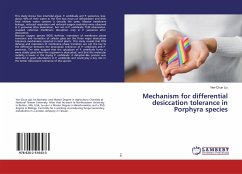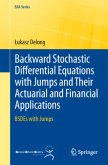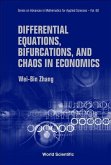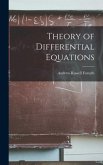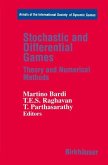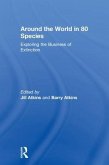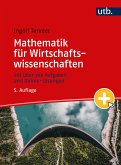This study shows two intertidal algae, P. umbilicalis and P. yezoensis, lose about 95% of their water in the first two hours of dehydration and their final relative water content is virtually the same. Massive membrane leakage, reduced respiration and reduced oxygen evolution were observed in P. yezoensis after desiccation, but not in P. umbilicalis. TEM observation revealed extensive membrane disruption only in P. yezoensis after desiccation.Reactive oxygen species (ROS) defense, repression of membrane phase transition and formation of cellular glass are the three major desiccation tolerance mechanisms reported in land plants. This study reveals that ROS defense and repression of membrane phase transition are not the key to the difference between the desiccation tolerance of P. umbilicalis and P. yezoensis. The data suggest that the cytoplasm of P. umbilicalis forms a more stable glass when the organism is desiccated, and that the molecular mobility is lower in the drying P. umbilicalis. A dehydrin-like protein was detected in great abundance in P. umbilicalis and could play a key role in the better desiccation tolerance of this species.
Bitte wählen Sie Ihr Anliegen aus.
Rechnungen
Retourenschein anfordern
Bestellstatus
Storno

